ADSactly Hollywood Legends: Charlie Chaplin and the glory days of the silent movies
Few are the girls who never dreamed of becoming an actress, a movie star, a Hollywood icon. Even fewer are the girls who never swooned over a hot movie star. Whether we like it or not, Hollywood is still the film-making capital of the world, and if you look at many of today’s starlets you would believe that all it takes is a nice face and a lot of well-placed silicone. However, Hollywood became the stuff of dreams decades ago when the movie stars were larger than life. This series is about the Golden Era of Hollywood and the legends on whose blood, sweat and talent the success of the modern film industry was built upon.
In the first episodes of this series we’ve been talking about movie stars who dominated the box-office in the 1940-1950s, but in order to really understand the history of the film industry we should go back even further in time and see where it all began. This post is dedicated to a time when actors relied solely on mimic, meaningful looks and body language. They had no memorable lines and witty remarks, as the technology to incorporate sound had not been invented it. We call them silent films, but one hundred years ago they were simply films, the most modern form of entertainment available to our grandparents and grand-grandparents.
If you’d like to know what was the movie everybody was talking about in 1919, it was one of the earliest films noir ever made, 'Broken Blossoms', starring the ‘First Lady of American Cinema’, Lillian Gish, a phenomenal actress whose career spanned 75 years, her last screen appearance being in 1987. Lillian Gish was the prototype of the wholesome innocent girl faced with adversity and injustice.
'Broken Blossoms' tells the story of young girl abused by an alcoholic father who finds refuge in the house of a Chinese man, who falls in love with her. The father finds her, drags her home and beats her to death, while the broken-hearted Chinese avenges her by killing the abusive father. The most talked-about scene of the movie was one with Lillian Gish hiding in a closet, expressing all her anguish by writhing on the floor. Imagine all this action with no dialogue, not one line for the father’s verbal abuse, not one line for the budding love connection, not one line to express the Chinese lover’s despair.
How were the first movies made?
The history of the cinema dates back to distant 1877, when English photographer Eadweard Muybridge had the idea of placing several cameras along a racetrack to capture the image of a moving horse. Projected at high speed, the shots created the illusion of a galloping horse.
The oldest surviving motion picture was made by Louis Le Prince in 1888. Roundhay Garden Scene captures people walking in the park and is exactly two seconds long!
During the same period, Thomas Edison was busy working on the Kinetograph, a motion picture camera, and the Kinetoscope, which was essentially a film projector. As Edison failed to properly patent his idea, similar equipment was developed by the French Lumiere brothers, who combined the two elements into one more practical device. In 1894, Louis Lumiere produced ‘Employees Leaving the Lumiere Factory’, a short documentary shot on the recently invented celluloid 35 mm film.
You might find it surprising, but in the beginning film screenings also employed the services of an interpreter to explain part of the on-screen action to the baffled audiences. And bear in mind we’re talking about short movies. In the early 1900s, when movies became gradually longer, the interpreter was replaced by intertitles, short written explanations that appeared on screen. Occasionally, directors used this technique to insert a meaningful line, which the silent actors were unable to convey otherwise.
Another means of bypassing the limitations of their equipment was the use of color, in a process called tinting. In the era of black-and-white movies, producers added certain colors to convey a notion of time or a certain feeling: blue signified a night scene, yellow and amber daytime, red stood for fire, while green was employed to create an aura of mystery. Most of the tinting was done by hand, the film being colored frame by frame.
To add to the thrilling experience, venues employed musicians to play during the film presentation. While small town halls made do with one piano player, big cinemas of the era boasted whole orchestras. Theatrical organs were capable of creating sound-effects like car horns, phones ringing or gunfire.
Chaplin, the eternal Tramp
For the modern viewer, no other actor embodies the glory era of the silent movie like Charlie Chaplin, most notably known for his recurring on-screen persona of The Tramp. A poor English boy who started performing in London at an early age, Charlie Chaplin toured the US doing pantomime for a couple of years, and in 1914 got his first movie contract. One year later, The Tramp was released, a movie in which Chaplin appears for the first time in baggy pants and large shoes, with the funny walk and the trademark moustache, he will be remembered for. Initially, the elaborate costume and the make-up were meant to hide he was very young, but they became part of his personality.
In 1921, Chaplin released his first feature-length movie ’The Kid’, a heart-wrenching story about a poor man, again The Tramp, who finds an abandoned child and takes care of him for five years, until the mother reappears. The film is a roller-coaster of emotions, tragic moments alternating with comedy stunts, all building up to a satisfactory happy ending. The audiences were ecstatic, the critics called it a masterpiece and even today film review website Rotten Tomatoes rates it a rare 100%.
Chaplin reprised his Tramp character in ’The Gold Rush’ (1925) and ’The Circus’(1928), both very successful, but the silent movie era was drawing to an end.
In 1927, Warner Bros released ’The Jazz Singer’, the first movie with synchronized recorded movie and a bit of dialogue. Chaplin thought ‘the talkies’ were below silent films in terms of artistry and, at the same time, was reluctant to change a formula that had brought him such a great success. The Tramp could not get a voice, he believed, so, at a time when all studios were rushing to make talking movie, Charlie Chaplin started work on another silent movie, ’City Lights’ (1931), the love story between a blind flower-girl and The Tramp who struggles to get enough money for an operation to give her back her sight. It was followed by ’Modern Times’ (1936), a stinging satire of life in the industrial era, widely remembered for the hilarious scene with the automatic feeding machine.
Charlie Chaplin reluctantly abandoned silent movies, and started work on one of his best-known films, ’The Great Dictator’ (1940), a strongly anti-fascist movie in which he plays both the part of a Jewish barber and of Adolf Hitler.
Charlie Chaplin’s life was plagued by scandals, surrounding his personal life, as well as his political views. A bitter and highly-publicized divorce from his second wife, a paternity suit that almost got him in jail, and, to top it all, the shocking announcement in 1943 of his marriage to Oona O’Neill, the 18 years old daughter of playwright Eugene O’Neill.
Although Charlie Chaplin was 36 years older than Oona, their marriage was successful. They were together for the rest of his life and had eight children, some of them following in their father’s footsteps to become actors. The most accomplished among them was Geraldine Chaplin, whose daughter Oona appeared in ‘Game of Thrones’.
While his troubled private life could have been forgiven, his political stance could not. Accusations of being a communist sympathizer were a very serious thing in post-war America and soon there were calls to have him deported. In 1952, Chaplin left for London to attend the premiere of his latest movie ’Limelight’, which, ironically, had no political overtones, being mostly autobiographical. Still, US authorities were determined to get rid of him, so his re-entry permit was revoked. As the McCarthy era witch-hunt subsided, the decision to ban Chaplin was seen as a huge mistake. Already in 1962, ‘The New York Times’ published an editorial saying:
"We do not believe the Republic would be in danger if yesterday's unforgotten little tramp were allowed to amble down the gangplank of a steamer or plane in an American port".
It will be another ten years before Chaplin set foot on US soil again, to receive an Honorary Academy Reward in 1972. Three years later, he was knighted by Queen Elizabeth II, but his health was so poor he attended the ceremony in a wheelchair. Charlie Chaplin died in 1977 at his home in Switzerland.
Post authored by: @ladyrebecca.
References: ENCYCLOPÆDIA BRITANNICA, Wikipedia, The Silent Film Era.
Click on the coin to join our Discord Chat

Witness proposal is here:
Go To Steem Witness Page
In the bottom of the page type: adsactly-witness and press vote.

Use small letters and no "@" sign. Or, click here to vote directly!
Thank you!

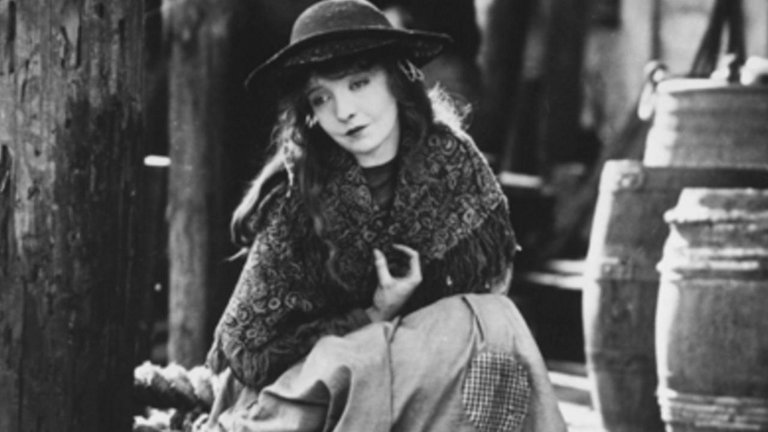
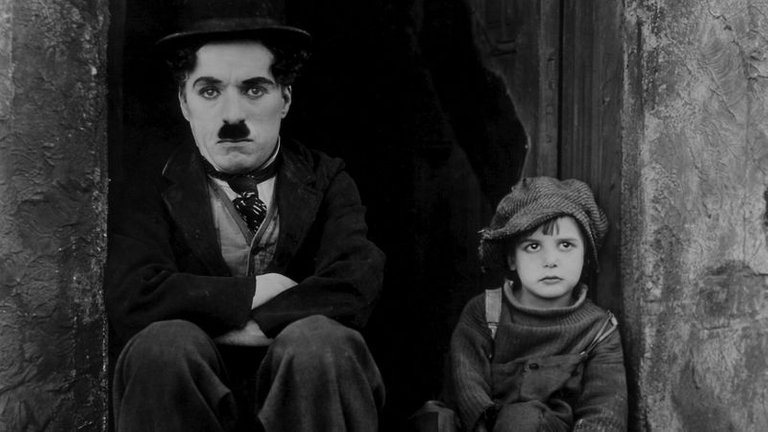
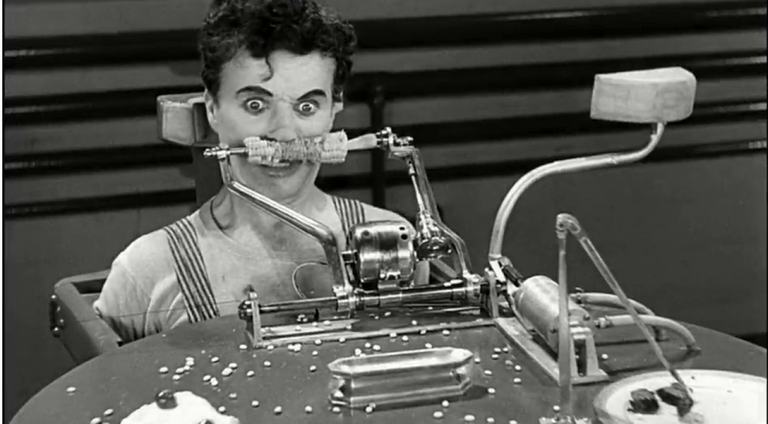
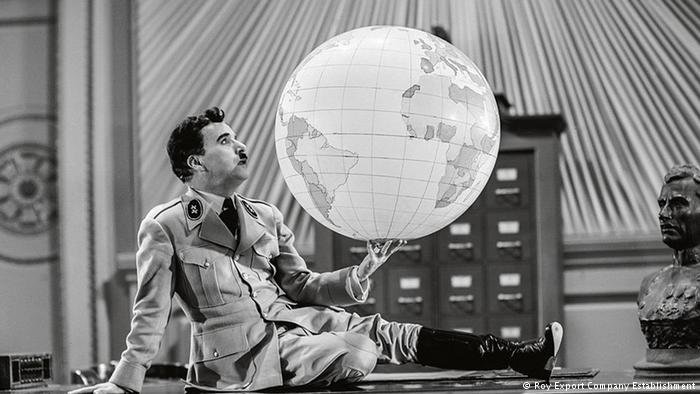
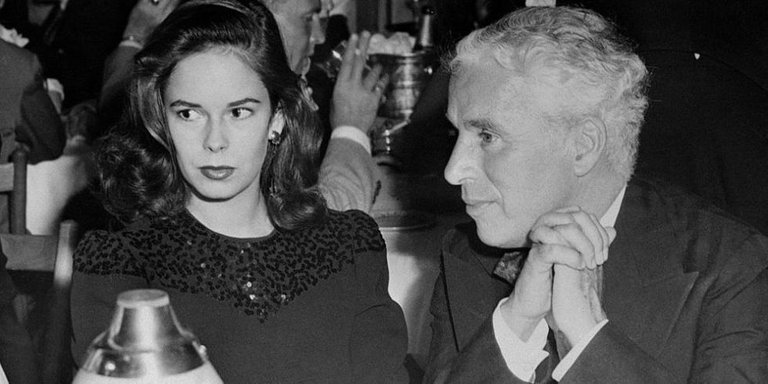

Dude was unreal. The boss. Thank you, Charlie!
Posted using Partiko Android
A good and necessary walk for the origins and the first times of the cinema, @ladyrebecca. Your information and comments about Chaplin are a nice tribute to who was undoubtedly one of the main souls of the seventh art. For a long time and among a large number of spectators, Chaplin's films were taken as mere fun (and were undoubtedly very funny, we owe a lot of our joy). But, we know that there was also a humanistic, critical and proactive substratum to life, for which we should also be grateful.
I have not found the time to dedicate myself to doing the series about the cinema that I have proposed, but I hope to make it come soon. We will be in dialogue. Greetings.
I really enjoyed reading this post, @ladyrebecca. I am passionate about cinema. With the reading I remembered some workshops I did a long time ago in which I soaked up the whole story and the backdrops of the beginning of the cinema. To the Lumière brothers we owe what has been called The Dream Machine. I think that in my video library I must have some short films that recall the beginnings of silent cinema. Chaplin ceased to be the man to be the character, those who transcend in time. Thank you for sharing.
@adsactly nice one
This man was a genius! The Kid, Modern Times, and The great dictator are my 3 favorites from him. His talent, his ideas, the way he did the things he did are absolutely amazing! I love these posts about Hollywood Legends abd I'm gonna suggest a few names: Grace Kelly, Ingrid Bergman and (please, oh please) Audrey Heburn. Great post. Thanks for sharing.